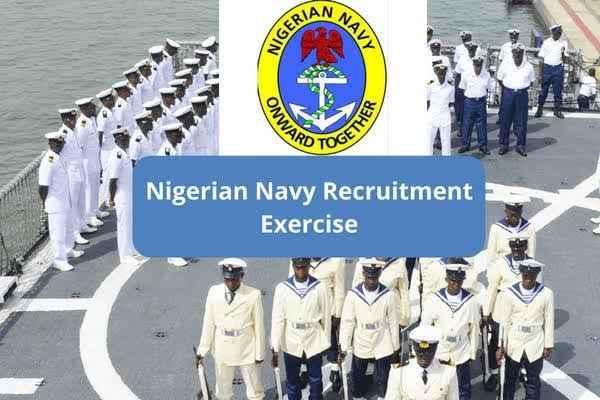Naptip Ranks And Symbols

The National Agency for the Prohibition of Trafficking in Persons (NAPTIP) is Nigeria's focal agency in the fight against human trafficking. Established in 2003 under the Trafficking in Persons (Prohibition) Law Enforcement and Administration Act, the agency is tasked with curbing human trafficking, prosecuting offenders, rescuing victims, and collaborating with international organizations to tackle the issue.
NAPTIP Ranks and Structure
NAPTIP follows a structured hierarchy similar to other law enforcement agencies in Nigeria. This structure is essential for the efficient execution of its duties, ranging from investigations to victim rehabilitation. The agency is organized into several departments and units, each with specific responsibilities, such as Investigation and Monitoring, Legal and Prosecution, Counselling and Rehabilitation, and Public Enlightenment.
Though NAPTIP's rank system isn't as publicly documented as that of military or police forces, the ranks within the agency are likely to align with similar law enforcement bodies. Senior officers hold administrative and policy-making roles, while lower-ranking officers manage fieldwork, including victim rescue and offender prosecution.
The agency’s structure is composed of the Director-General at the helm, supported by departmental heads who oversee various specialized units like the Rapid Response Squad (RRS), Intelligence, and International Cooperation units. These units are integral to the agency’s swift response to trafficking activities and international coordination.
NAPTIP Symbols and Insignia
NAPTIP officers wear uniforms similar to other security agencies in Nigeria, and they have badges or insignias that symbolize their roles in law enforcement. These symbols, though not widely publicized, represent the agency's authority and commitment to combating human trafficking. The insignia often features the national coat of arms, reflecting NAPTIP’s official status as a federal agency.
The badges worn by officers typically reflect their ranks and divisions, with specific symbols indicating roles within the agency, such as investigation, monitoring, or victim support. These symbols serve as identifiers for both their responsibilities and their authority in enforcing anti-trafficking laws.
Functions of NAPTIP
NAPTIP’s responsibilities are vast and encompass both proactive and reactive measures. Some of the agency's primary functions include:
-
Investigation and Prosecution: NAPTIP investigates and prosecutes individuals and groups involved in human trafficking, providing legal backing to ensure that traffickers face the full force of the law.
-
Victim Rehabilitation: The agency rescues and rehabilitates trafficked individuals, providing them with psychological, financial, and social support to reintegrate into society.
-
International Cooperation: NAPTIP collaborates with international bodies such as the International Labour Organization (ILO) and the United Nations Office on Drugs and Crime (UNODC) to combat cross-border trafficking.
-
Public Enlightenment: NAPTIP is also responsible for raising awareness about the dangers of human trafficking through public campaigns and education programs.
Conclusion
NAPTIP plays a crucial role in safeguarding human rights in Nigeria. Its ranks, though not as publicly detailed, follow a structured hierarchy that ensures the smooth execution of its various functions. From rescuing victims to prosecuting traffickers, NAPTIP continues to work diligently, using both local and international collaborations to fight human trafficking. The agency’s symbols, ranks, and structure all contribute to its authority and effectiveness in fulfilling its mandate.






